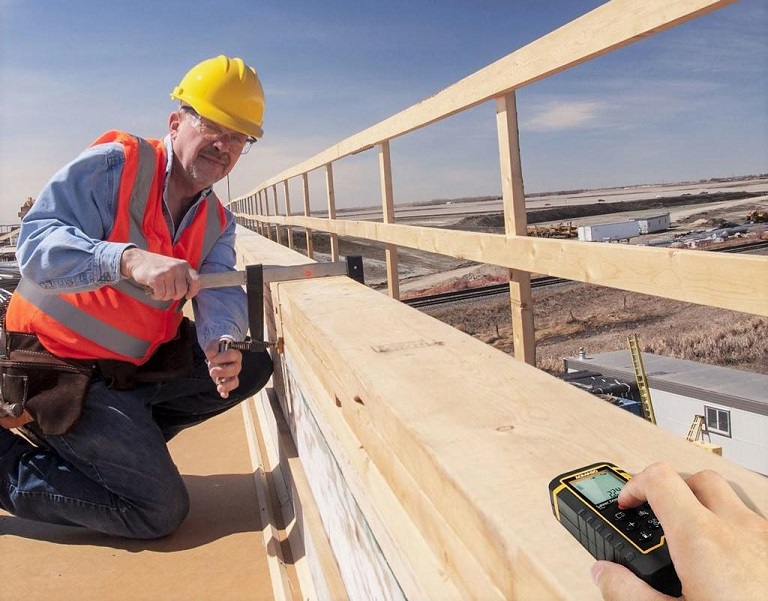With the large variety of laser levels available nowadays, it can be quite difficult to just shop and decide on which model to purchase. Moreover, researching and learning about all the different models is something most people don’t want to, or simply don’t have the time to deal with. In this article, I’ll try to talk about the popular features in most level lasers, and which model may suit you best.
The first thing you need to do, is figure out what tasks you aim to accomplish with your laser. Are you only going to work indoors, only outdoors, or a little bit of both? Do you want to install chair rails, an underground pipe, construction site grading or fence posts? All of these questions may help you define what features you’re looking for. Moreover, finding laser level sales, especially online discounts can save you a ton of money.

When looking at laser level sales, you’ll typically come across 3 types of lasers that can make your layouts less time consuming for specific distances – dot lasers, line level and rotary level lasers. For shorter distances, both dot and line laser levels are recommended, while rotary are ideal for longer distances. However, this can vary depending on the application or task.
Dot lasers produce multiple or a single dot of reference on the work surface or wall, they work like a laser plumb bob or a reference point. Line level lasers emit a level line on the work surface or wall in a single or cross-hair manner. They typically emit level lines in a single direction onto a single workplace or wall. Line level lasers are typically used indoors and are compact, hand-held devices either positioned on a saw horse, ladder, desk or mounted on a laser platform, or light-weight jamb pole which extends from the floor to the ceiling.
Rotary lasers, on the other hand emit a level line in a rotary manner. They typically emit a line throughout the whole room in 360°. They’re typically larger in size and are mounted on surveying tripods. Some can be laid over on the side by utilising a trivet, which enables them to project a vertical plane. If you want to operate a rotary laser outdoors, you should also get a laser detector, because your eye can’t see the laser in daylight.
Lasers are typically manual or self-leveling. Manual lasers require the user to manually level the unit while self-leveling lasers automatically find and maintain a level within a particular range. Moreover, consider whether you want a horizontal only or a dual beam laser. Horizontal beam lasers only emit a single beam from the beacon, while dual-beam lasers emit both vertical and horizontal beams which establish both plumb and level reference lines.

